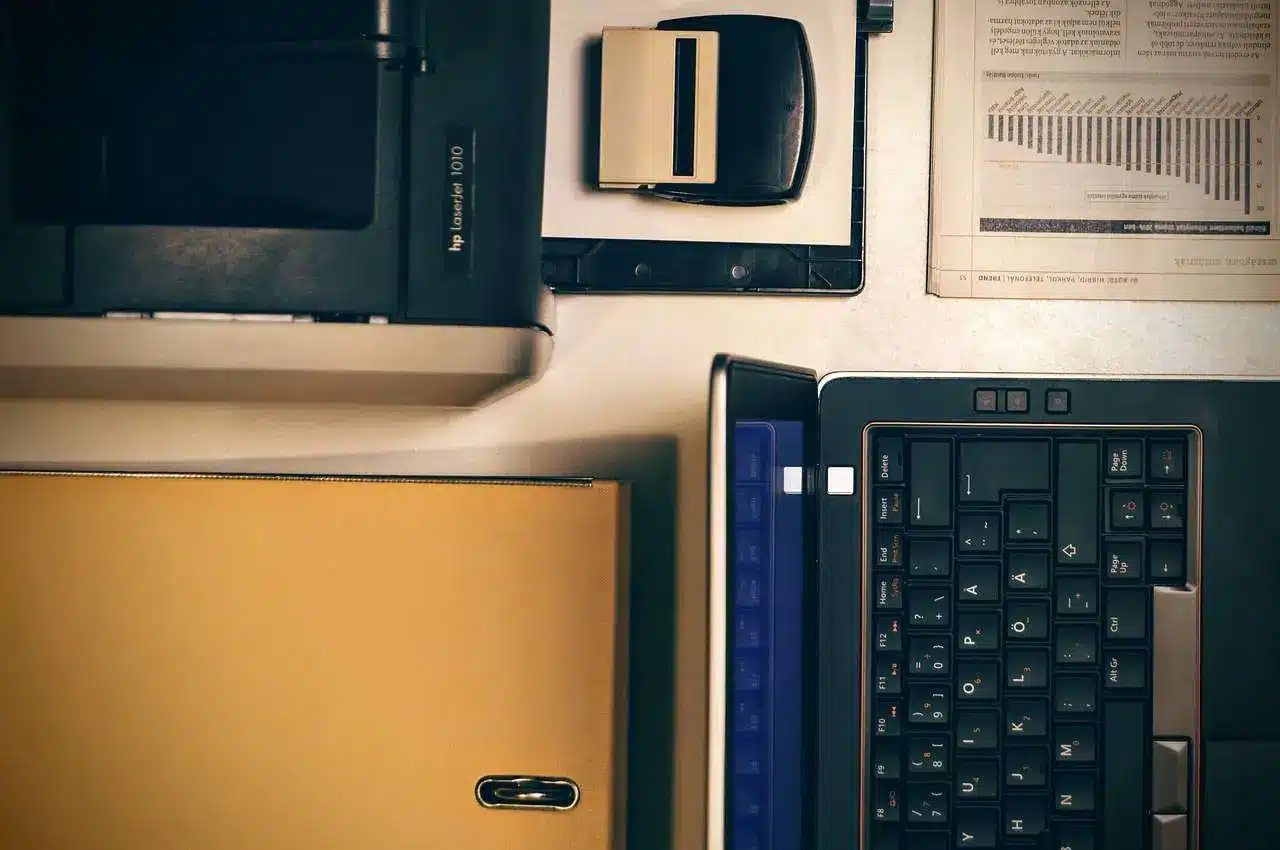1 – The electronic invoice: what are we talking about?
It is important to understand that e-invoicing is not limited to the document itself. It includes all processes from document creation to archiving of the invoice in electronic format. The whole process is therefore digitized, without going through paper, for complete automation and more reliable invoicing.
For electronic invoicing to meet current standards, invoices must be traceable and retrievable according to several criteria defined by law (totals, VAT amounts, sender or receiver of the invoice: regulatory identifiers such as VAT, company name, address…).
The General Directorate of Taxation and all stakeholders involved in your electronic invoicing process must be able to find invoices and consult them in plain text (readable).
2 – What you need to know about conducting an e-Invoicing project
Prerequisite for an electronic invoice to be compliant
To be eligible for electronic invoicing, you must meet the following conditions:
- The invoice must contain the expected legal notices
- Have the opportunity to prove that the invoice document is linked to an order or a delivery note
- Ensure authenticity and integrity of original invoice
- Archive the invoice in electronic format (tax original + invoice in clear)
Reliable audit trail: how to replace it?
To replace the paper-based Reliable Audit Trail, which can be tedious and time consuming for your teams, you must first meet all of the requirements above.
To ensure the integrity (document that has not undergone any destruction, alteration or modification, intentional or accidental) and authenticity (identity of the issuer that is guaranteed and certain) of the original invoice, you have the choice between several formats and communication protocols for your tax originals: structured formats agreed between the parties (EDIFACT INVOIC D96A message, XML CII…) and documents signed electronically.
- The EDI format for your tax originals: case of the INVOIC D96A EDI message (GUM GS1 France)
It does not require an electronic signature, as the integrity and authenticity are guaranteed by the EDIFACT standard and the secure communication protocols (AS2, SFTP…) used in the EDI.
- Electronically signed documents: case of the original tax PDF signed
If you want to implement an electronic invoicing process without going through the Reliable Audit Trail or a EDI solution, you can choose the signed PDF or Factur-X invoicing process:
The case of PDF Rich Text : at this stage, the document cannot be used as a tax original; it must be extracted for archiving purposes and electronically signed. To present a sufficient level of security, the signature used must be “qualified” within the meaning of the European regulation eiDas. The signed PDF is used as a tax original.
The case of Factur-X (being deployed): as a reminder, Factur-X is an invoice in PDF format that also integrates data in structured format allowing automatic interpretation of these. Considering that the original invoice is a readable PDF, the Factur-X will also be electronically signed to ensure its status as a tax original.
The secret of success: involve your business teams in your electronic invoicing
As long as the document that acts as a tax original meets a standard and is not directly readable in plain text (Chorus, EDIFACT, SdI…), we advise you to involve your business team (accountants for example) in the exchange of paperless invoices project.
They must validate the various business cases and ensure that the legible representation of the archived invoice respects both the invoices actually transmitted from the invoicing system and the regulations in force.
3 – Multi-format and multi-channel electronic invoicing
To generalize and automate the receipt of all invoices, it is worth moving towards multiformat and multi-channel solutions.
Depending on your needs and those of your customers and/or suppliers, you can combine several reception or transmission formats:
- EDIFACT EDI INVOIC D96A is one of the most reliable solutions since it complies with GS1 standards and the presence of legal data can be controlled
- The signed PDF or simple PDF with reliable audit trail
- Designed for this purpose, the Factur-X combines PDF (signed or unsigned) and XML, allowing a good visualization for users and automated processing through XML.
- The entry of invoices on a collaborative portal that allows to constitute an original tax
Multi-format and multi-channel electronic invoicing allows you to easily include all your business partners in your e-invoicing processes, whether they benefit from a B2B EDI platform or not.



